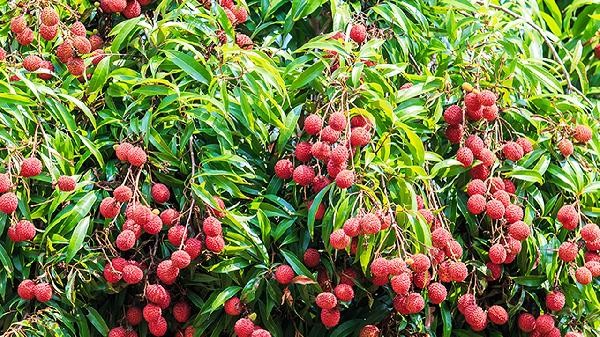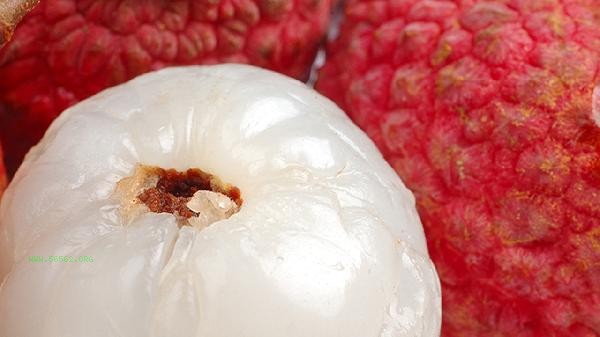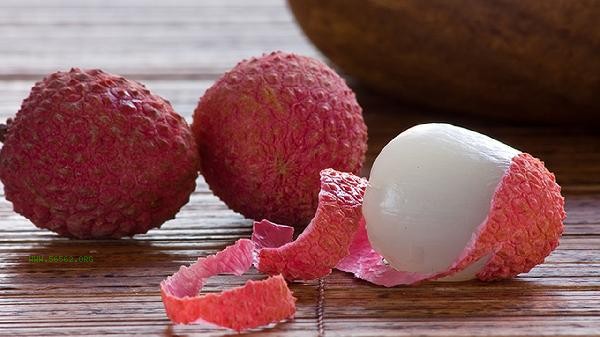The correct way to eat lychee mainly includes choosing mature fruits, controlling consumption, avoiding eating on an empty stomach, pairing food reasonably, and cautious consumption for special populations.

1. Choose mature fruit
Mature lychee has a bright red or dark red skin, full and elastic flesh, and immature lychee contains a high concentration of glycine A, which may cause hypoglycemic reactions. Pay attention to the color of the skin and the condition of the stem when purchasing, and avoid choosing fruits that are damaged or moldy. Fresh lychee should be stored in a cool and ventilated place. Refrigeration can extend the shelf life, but should not exceed three days.
2. Control Consumption
The recommended daily consumption for adults is 200-300 grams, with about 10-15 medium-sized lychees. Excessive consumption may lead to symptoms of internal heat, such as oral ulcers, swollen gums, etc. Children's consumption should be halved, and it is recommended for children under 3 years old to try small amounts. Continuous consumption in large quantities for multiple days may cause lychee disease, manifested as symptoms of low blood sugar such as dizziness and palpitations.
3. Avoid eating lychee on an empty stomach.
Litchi has a high sugar content and contains hypoglycemic components, which can cause blood sugar fluctuations when consumed on an empty stomach. It is recommended to consume it one hour after meals or in combination with protein foods. Patients with diabetes should pay more attention to the timing of consumption and monitor the changes of blood sugar. When experiencing symptoms of low blood sugar such as palpitations and sweating, one should immediately stop consuming and supplement carbohydrates.

4. Reasonable food pairing
Combining lychee with mung bean soup, chrysanthemum tea and other heat clearing foods can alleviate dryness and heat. Not suitable for consumption with high protein seafood as it may increase digestive burden. The fruit core contains trace amounts of cyanogenic glycosides, and should not be bitten or swallowed. After consumption, rinse your mouth with diluted salt water to reduce the corrosion of sugar on your teeth. Litchi fruit pulp can be used to make desserts or dishes, and some sensitive ingredients will be destroyed when heated.
5. Special populations should consume with caution
Pregnant women should control their consumption to avoid inducing gestational hyperglycemia. People with allergies need to undergo a small amount of testing before consuming it for the first time. If they experience rash or itching, they should stop immediately. People taking hypoglycemic drugs should be alert to the synergistic hypoglycemic effect of drugs and lychee. Patients in the recovery period after surgery should consult a physician. For those with weak and cold constitution, it is recommended to consume a small amount of warm food before consumption. Litchi, as a seasonal fruit in summer, is rich in vitamin C and various minerals. Proper consumption is essential to fully utilize its nutritional value. Keeping the fruit stem during daily storage can extend the shelf life, while frozen lychee can be consumed as a frozen product, but there may be a loss of nutrients. It is recommended to include lychee in a diversified diet structure to avoid excessive intake of a single fruit. If there are persistent discomfort symptoms, seek medical attention in a timely manner, and parents should monitor children's consumption. Develop the habit of checking production dates and origin information, and choose high-quality products purchased through legitimate channels.









Comments (0)
Leave a Comment
No comments yet
Be the first to share your thoughts!